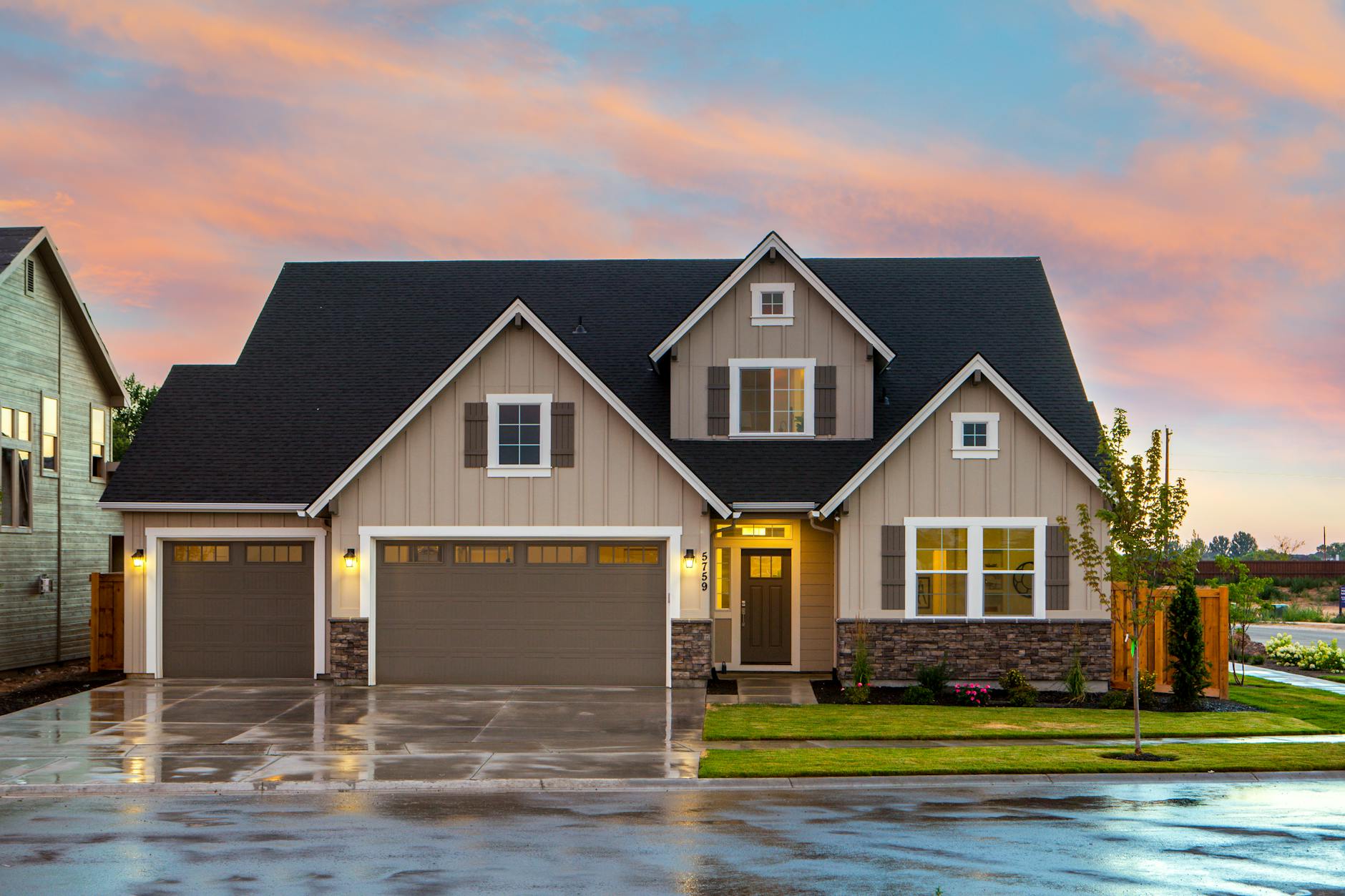
Insurance is an often confusing term for many homeowners and Good Deed Homes is here to help. Different types of insurance are available that cover different types of potential risks. Flood insurance is often misunderstood. That is why we created this Flood Insurance Explained guide as a quick reference to help homeowners navigate this topic.
Who Can Benefit from this Flood Insurance Explained Guide?
Current and prospective homeowners and renters looking to buy flood insurance or those worried about flood risk can get valuable information about flood coverage by referencing this guide. The Flood Insurance Explained guide will cover topics like what is and isn’t covered by flood insurance, when is flood insurance mandatory, who administers the flood insurance program, and more.
What is Flood Insurance?
Understanding insurance coverage is the first step and flood insurance coverage works differently than homeowners insurance. The significant difference is that homeowners’ policies do not normally cover floods. However, homeowners insurance companies sometimes do offer flood insurance as an NFIP provider or as a private flood insurance company.
Flood Insurance is designed to provide coverage for water damage caused by floods resulting from a range of natural disasters. These may include heavy rain, melting snow, storm surges, blocked storm drains, or dam failure. In some areas, floods are considered a natural calamity, and any resulting damage is not covered without supplementary insurance.
Flood zones determine the flood risk for a particular property and also affect the rates. If your flood insurance was purchased through the National Flood Insurance Program (NFIP) the rate is set by the program.
Don’t wait until you think may be soon affected by a flood hazard like a hurricane or a tropical storm to shop for flood insurance to buy it. There is often a waiting period between when you purchase the policy and when coverage becomes in effect. For NFIP policies, the waiting period is usually 30 days.
Flood Insurance Explained Key Takeaways
- Flood damage is not normally covered by homeowners insurance and renters insurance, so those at risk, especially in a flood zone, need supplemental insurance.
- Flood insurance provides coverage for losses sustained due to flooding.
- Residential and commercial properties are eligible for flood insurance policies.
- The federal National Flood Insurance Program (NFIP) provides homeowners in participating communities with flood insurance policies offered by private insurers.
- Flood insurance costs are determined by the NFIP-designated flood zone, property age, elevation, and number of floors.
What Does Flood Insurance Cover?

The NFIP provides two types of coverage with separate deductibles: building and contents.
Building Coverage
When you submit a flood insurance claim, Building coverage is used to reimburse you for the cost of the structure of your home – similar to what homeowners insurance covers under Dwelling coverage. It pays for damage to things like:
- Water headers
- Foundation walls
- Detached garages
- Staircases
- Window blinds
- Permanently installed carpets
- Electrical and plumbing systems
- Furnaces
- Solar energy equipment
- Staircases
- and more
The NFIP offers Building limits of up to $250,000.
Contents Coverage
Like personal property coverage on a homeowners policy, Contents coverage pays for damage to belongings. It pays for things like:
- Furniture
- Curtains
- Electronics
- Washers, fryers, microwaves
- Portable air conditionals
- Clothing
- and more
The coverage is provided on the basis of “actual cash value”. This means that if your claim is covered flood damage to your belongings, you will get paid what the belongings were worth at the time of the flood.
For example, if your 15-year-old sofa was damaged beyond repayment, the insurance will pay enough money for you to buy a used sofa of a similar age and quality – not a new one.
NFIP policies limit coverage for Contents to $100,000.
How Much Flood Insurance Do I Need?
The driver behind how much coverage you need will depend on the size and type of structure of your house as well as the value of your personal belongings.
An insurance agent can help you figure out how much coverage is appropriate for your situation. Creating a home inventory that tracks your belongings may be a good way to assess the value and a cheat sheet if you would like to replace them with the same or similar items should you suffer a flood loss.
If it is determined that you need more coverage than what the NFIP offers, speak with your insurance agent about obtaining an excess flood insurance policy to cover the gap. This type of policy generally follows the same rules for coverage claims as the NFIP, but offers higher limits of coverage.
Alternatively, you can skip the NFIP altogether and secure a policy from a private insurance carrier. Work with your agent to find a solution that works best and is tailored to your specific needs. In general, working with an independent insurance agent will yield better results as they are not captive to a particular insurer and can shop for coverage on your behalf to find the best coverage and premium cost.
Flood Insurance Beyond the NFIP
You may be able to get higher policy limits from private flood insurance companies that do not work with the NFIP. You may also be able to get coverage for your belongings on a replacement cost basis.
What Doesn’t Flood Insurance Cover?

The NFIP is not designed to cover flooding of every kind. Here are some of the items and situations it will not cover:
Some Water Damage
The NFIP only pays for damage when a naturally occurring flooding affects at least 2 acres and more than one property. This means that it won’t, for example, cover a bust pipe in your single-family home. This may be something your homeowners policy covers.
Damage to Certain Items in Your Home
The NFIP will not pay for any of the following:
- Decks
- Wells
- Currency
- Patios
- Hot tubs and swimming pools
Limited Basement Coverage
Things like furniture, electronics, finished floors, generators, and bathroom fixtures in a basement may not be covered.
If you find yourself stuck with a property that has experienced a flood and you are not sure what to do next, check out what options you might have to sell a flood-damaged house.
When is Flood Insurance Required?
Flood insurance may be required when a property is secured by a mortgage and is located in a high-risk flood zone. If you have received a federal grant or other flood assistance in the past, you may be required to have flood insurance to qualify for such aid in the future.
What is the National Flood Insurance Program (NFIP)?
Managed by the Federal Emergency Management Agency, the NFIP provides federal flood insurance to participating communities as an alternative to disaster assistance. The policies are offered through private insurers.
